Photo #1

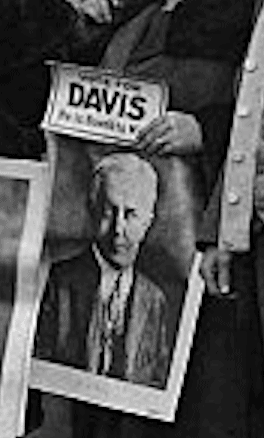

Photo #2

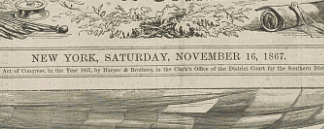

Photo #3
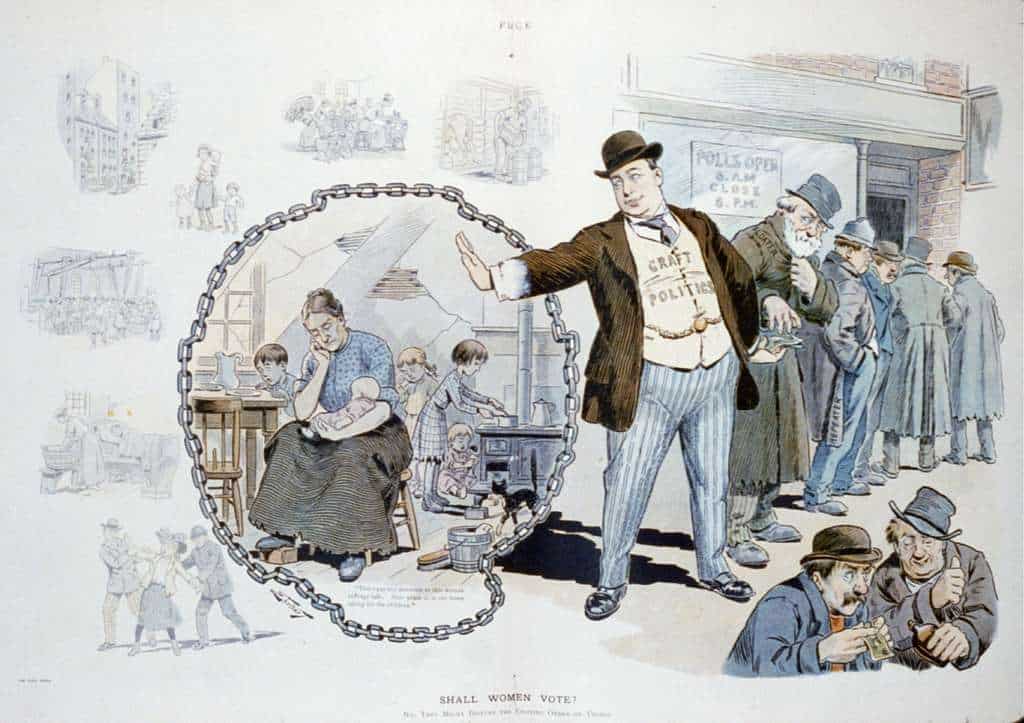
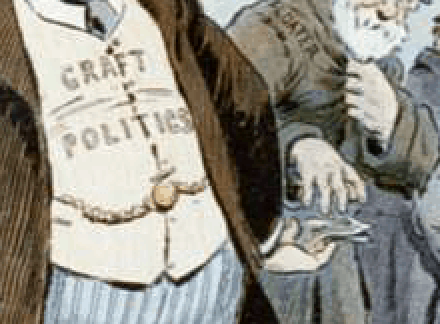


The art and craft of teaching
Photo #1



Photo #2



Photo #3



Soviet Union WWII Poster

The poster above is a Soviet Union War poster created during the Second World War. It depicts a Soviet Soldier clad in the national army attire, and holding an assault rifle. In the background, we see that a factory is pictured to be working, to what appears is, full capacity. There are also female workers, who are shown in order to maximize the war efforts from the entire Soviet nation.
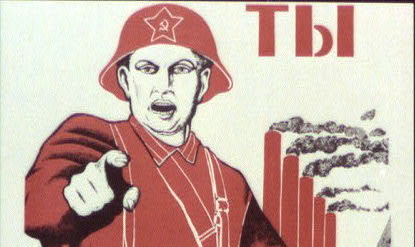
This portion of the image is very similar to the American version of Uncle Sam’s famous “I want YOU for U.S. Army” poster. The writing in the top right corner translates directly to “YOU.” They eyes and pointer finger are practically the same in terms of gesture and intensity. Obviously, this may have been a direct copy from the US in order to increase participation in the Soviet war efforts. A young boy or girl who may have seen this poster may have felt a personal responsibility to contribute whatever they could in order to. guarantee Soviet success.

This cropped portion contains writing which translates into something along the lines of, “what have you done (or helped) for the front.” The front in question is obviously the Soviet war front. Once again, the purpose of the poster is to create a personal responsibility for the success or failure of the war effort. This, like many propaganda posters, is meant to touch the hearts of citizens and create emotions like guilt, patriotism, and unity, in order for them to act accordingly to the party agenda.
Nazi Party Campaign Poster
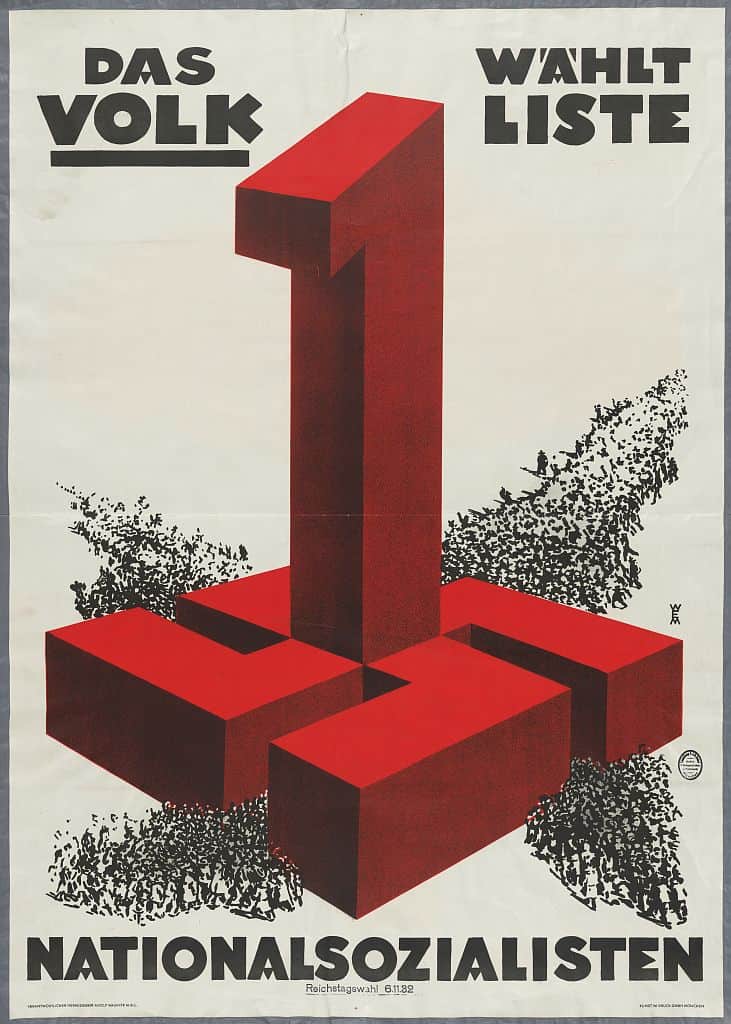
The poster above is a political campaign poster created to entice German citizens to vote for the National Party, or in this case, the Nazi party. It is dated for June 11, 1932, which is a month and a half before the Nazi Party won a majority of the German house seats. This poster is a prime example of the unity and nationalism that the Nazi party attempted to create, and embody. Although it may not have always been as the poster suggests, the Nazi party could always count on propaganda to entice citizen action.
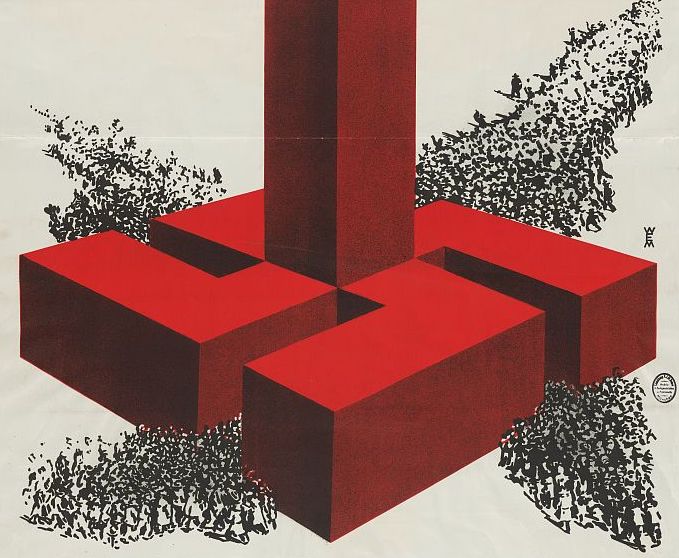
This cropped portion of the image shows crowds of people streaming into a swastika, which was the official sign of the Nazi party. This image is meant to show the overwhelming support of the National party, whether it was accurate or not. By creating a sense that masses of citizens are backing the Nazis, the party could create a sense of FOMO or unity, which could encourage many others to back the party by implementing a simple group think strategy.
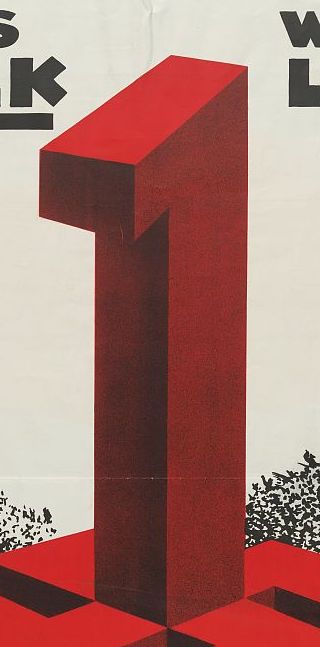
This cropped portion of the image indicates a huge 1 which indicated multiple things. Not only was the Nazi party the listed number 1 on the ballots, but they were also creating a sense of greatness and foremost supremacy. Again, as with many propaganda posters, you do not need to be something, as much as you need to embody the image of being that something. The Nazi party may not have needed to be the greatest party at the time, but if their posters could create the sense that they were, then people were more likely to buy into the propaganda.
On this day 100 years ago, women in the United States would have just earned the right to vote a mere ten days prior. The Suffrage Movement spanned decades, and most of the original suffragists who began their campaign in the mid 1800s would not live to see their efforts come to fruition in 1920. In order to push forward the 19th amendment after decades of struggle, members of the Suffrage Movement had to employ many political tactics to achieve their goal.


This image is from 1917, just three years after the end of the first World War. During the war, the United States under President Wilson fought against Germany in the name of freedom. Suffragists began calling President Wilson “Kaiser” to point out the hypocrisy in his support of freedom abroad before granting his female citizens full freedom at home. The word “Kaiser” would have had a deeply un-American connotation to the public at this time, and the suffragists intentionally made these comparisons to make their argument that not guaranteeing women the right to vote went against America’s democratic ideals.

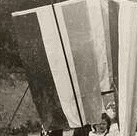
This flag was the symbol of the National Woman’s Party. If the image was in color, one would see the flag in purple, white, and yellow – the colors of the Suffrage Movement. The NWP was the last major suffrage organization to be formed, just four years prior to the passing of the nineteenth amendment. They used visual demonstrations like their flag, a “ratification banner” on which they sewed a star for every state that had already granted woman suffrage, and a variety of protests and parades to draw attention to their cause.
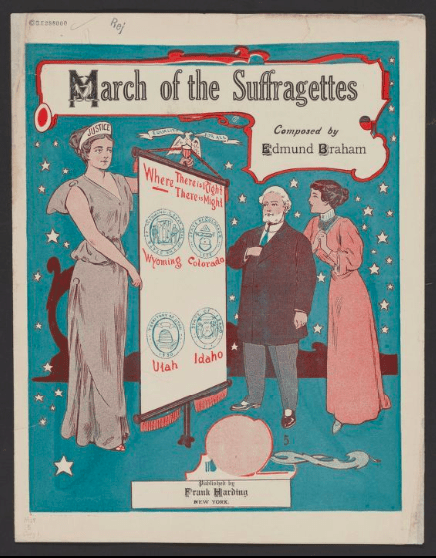

While women’s right to vote was not granted on a national scale until 1920, many states passed their own suffrage amendments prior to that. The four states represented above were some of the earliest states to grant the right to vote to women in the late 1800s. Suffragists often pointed to the states that had already passed suffrage amendments as examples and the more states that passed their own, the more the pressure increased for a constitutional amendment to be passed.








